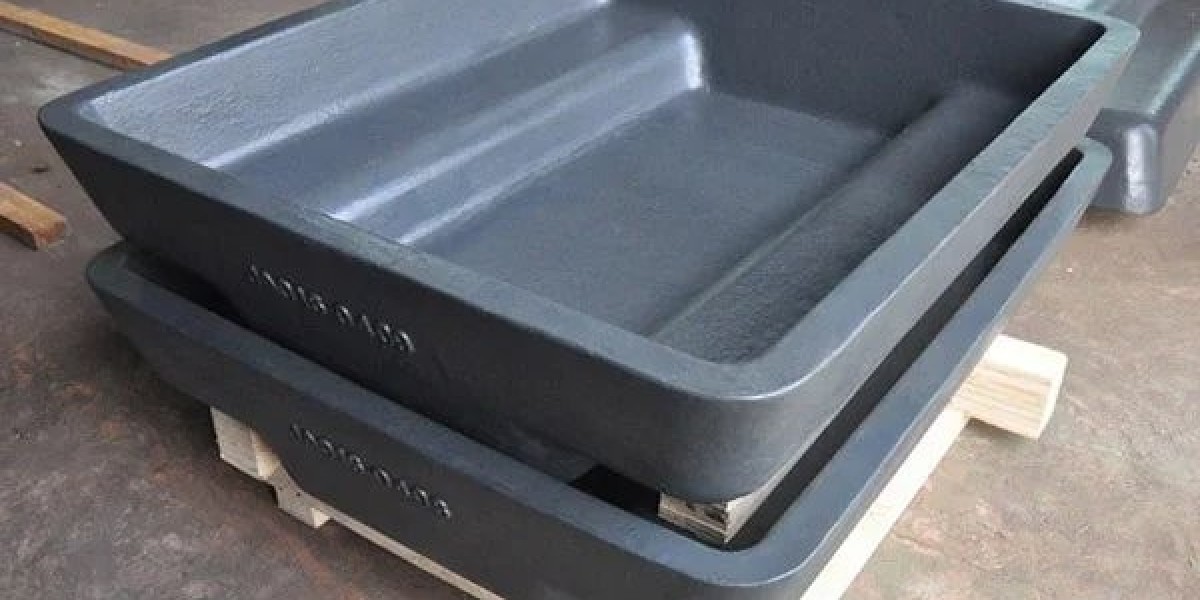Aluminum ingot casting is a crucial process in the production of aluminum alloys. Ingot molds play a vital role in this process, ensuring the proper formation and solidification of molten aluminum into ingots. This comprehensive guide will delve into the significance of ingot molds, their types, and the key considerations for successful aluminum ingot casting.
I. Understanding Ingot Molds
https://www.special-metal.com/Ingot-mold.html are cast steel molds specifically designed for the casting of aluminum ingots. These molds provide a controlled environment for the molten aluminum to solidify into a desired shape. They are essential for maintaining the integrity and quality of the ingots during the casting process.
II. Types of Ingot Molds
1. Open-Top Ingot Molds:
Open-top ingot molds are the most common type used in aluminum ingot casting. They have an open top, allowing easy pouring of molten aluminum. These molds are versatile and can accommodate various ingot sizes and shapes. They are also cost-effective and widely available.
2. Closed-Top Ingot Molds:
Closed-top ingot molds have a sealed top, which prevents the molten aluminum from spilling during the casting process. These molds are particularly useful in situations where spillage needs to be minimized, ensuring a cleaner and safer casting environment. Closed-top molds are commonly used for producing high-quality ingots with specific shape and size requirements.

III. Key Considerations for Successful Aluminum Ingot Casting
To achieve successful aluminum ingot casting, several key considerations should be taken into account:
1. Mold Design:
Proper mold design is crucial for achieving consistent and high-quality aluminum ingots. Factors such as mold material, dimensions, and cooling channels should be considered to ensure efficient heat transfer and solidification. The mold design should also allow for easy removal of the solidified ingots.
2. Mold Coating:
Applying a suitable mold coating can prevent the molten aluminum from sticking to the mold surface, facilitating easy removal of the ingots after solidification. The coating acts as a barrier between the molten aluminum and the mold, preventing adhesion and ensuring smooth release.
3. Preheating:
Preheating the ingot molds helps to prevent thermal shock and ensures uniform solidification of the molten aluminum. This step is particularly important for larger ingots, as it helps to reduce the risk of cracking or uneven cooling. Preheating can be done using various methods, such as heating the molds in a furnace or using induction heating.
4. Cooling:
Proper cooling of the ingot molds is essential to control the solidification rate and prevent defects such as shrinkage or cracking. Cooling methods may include air cooling, water cooling, or a combination of both. The cooling rate should be carefully controlled to achieve the desired microstructure and mechanical properties of the ingots.
5. Release Agents:
The use of release agents can further aid in the easy removal of the solidified ingots from the molds. These agents create a barrier between the mold surface and the molten aluminum, preventing adhesion. Release agents can be in the form of sprays, powders, or coatings and should be selected based on the specific requirements of the casting process.
IV. Advantages of Using Ingot Molds
Using ingot molds in aluminum ingot casting offers several advantages:
1. Consistent Shape and Size:
Ingot molds ensure the production of aluminum ingots with consistent shape and size, meeting specific industry requirements. This consistency is crucial for downstream processes such as extrusion, rolling, and forging, where uniformity is essential.
2. Improved Efficiency:
By providing a controlled environment for solidification, ingot molds enhance the efficiency of the casting process. They help to reduce the chances of defects and rework, resulting in higher productivity and cost savings.
3. Enhanced Safety:
Ingot molds contribute to a safer working environment by minimizing the risk of molten aluminum spillage. The molds provide a structured casting process, reducing the likelihood of accidents and injuries.
4. Recycling and Sustainability:
Ingot molds facilitate the remelting and recycling of aluminum, promoting sustainability and reducing waste in the production process. By using ingot molds, manufacturers can efficiently recycle scrap aluminum and produce high-quality ingots for further use.

Conclusion
Ingot molds are indispensable components in aluminum ingot casting, ensuring the production of high-quality and consistent ingots. By understanding the types of ingot molds, key considerations, and advantages they offer, manufacturers can optimize their aluminum casting processes. Implementing proper mold design, coating, preheating, cooling, and release agent techniques will result in efficient and successful aluminum ingot casting operations.
China Special Metal Group Limited (CSM), a supplier of steel casting for metallurgical machinery, cement & mining machinery, building material machinery, ceramic industry, forging industry, shipbuilding industry and chemical industry, is dedicated to offering high-quality of steel casting, high-precision machining products and welded fabrications to valued customers all over the world.
If you are looking for high-quality ingot molds solutions, welcome to contact us.
E-mail:sales@special-metal.com








